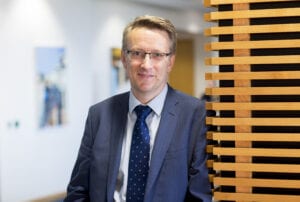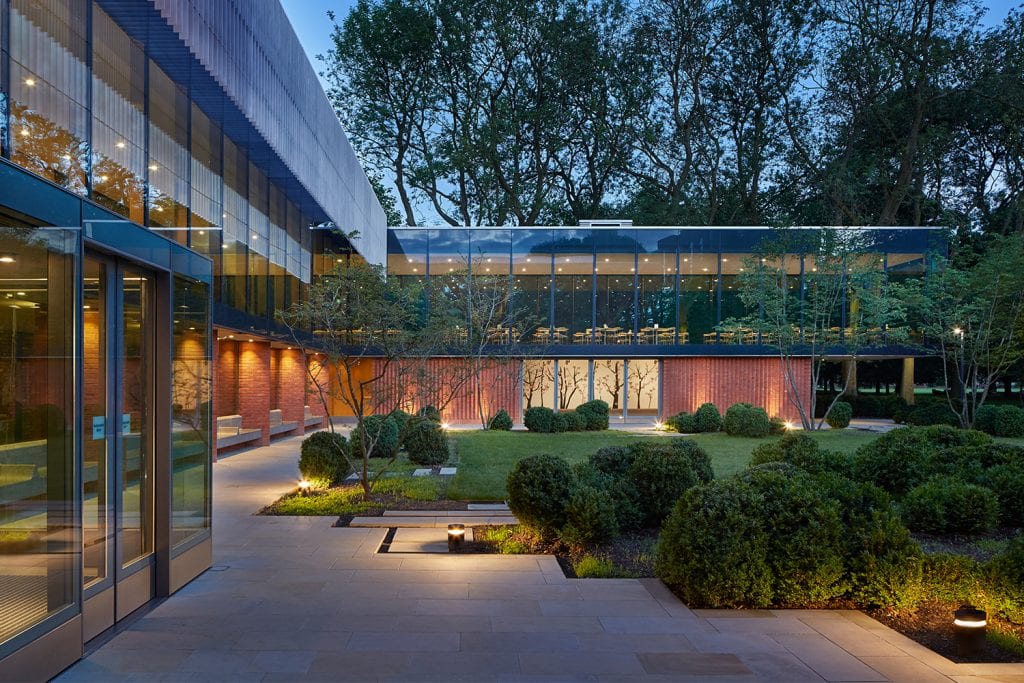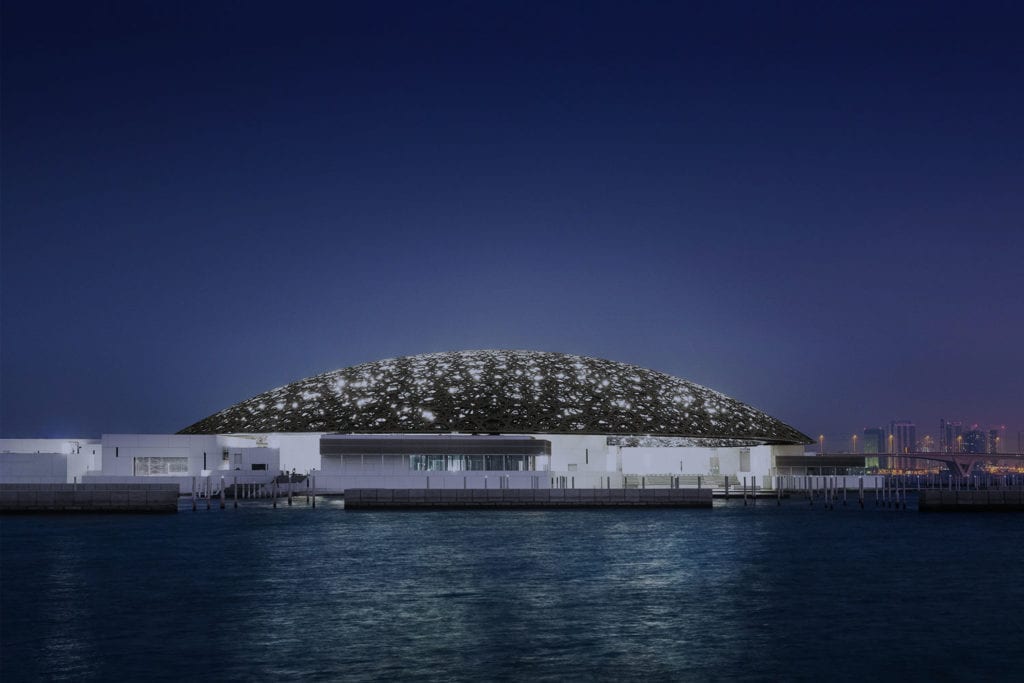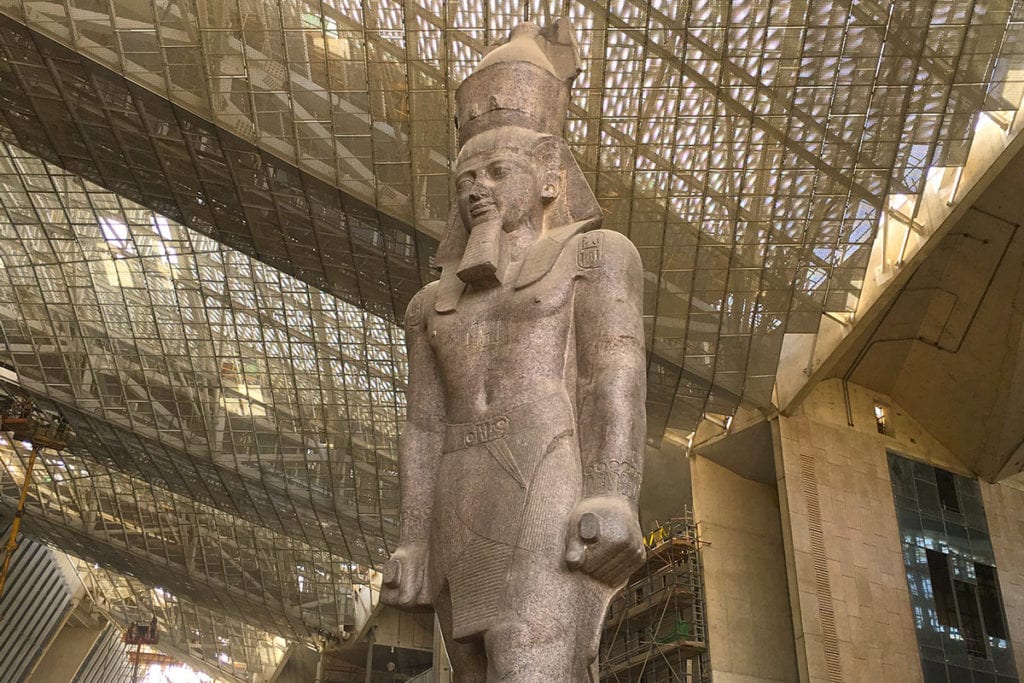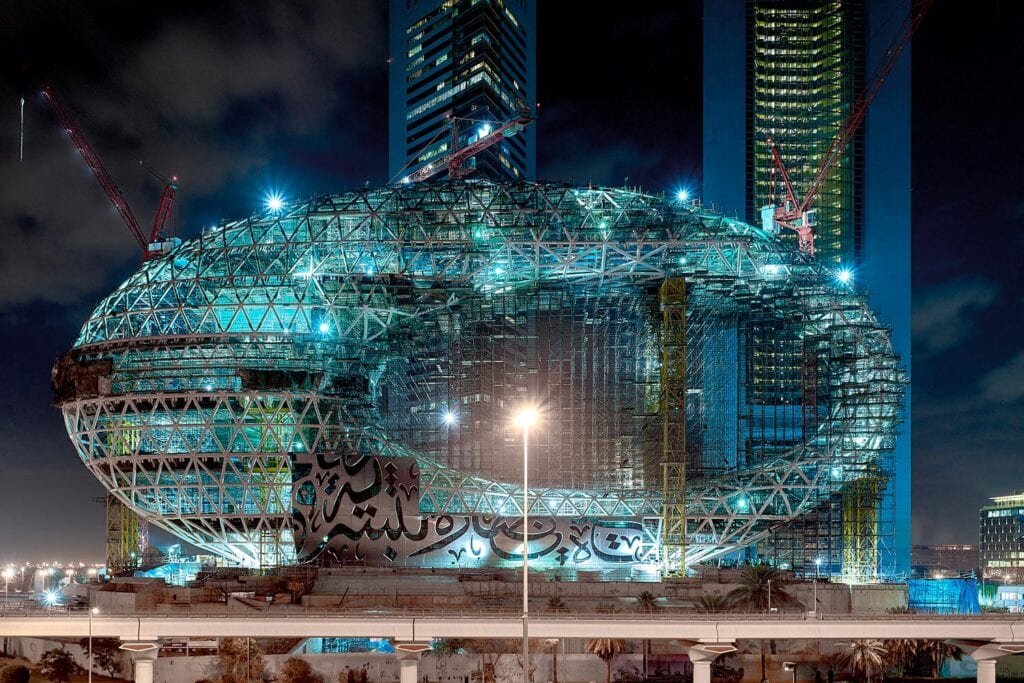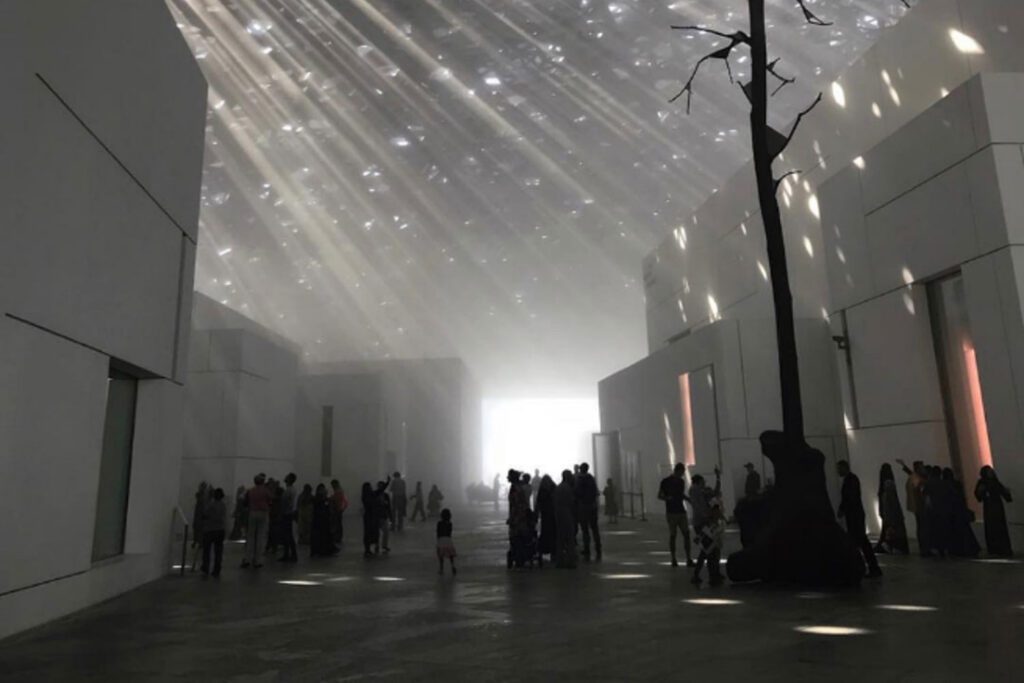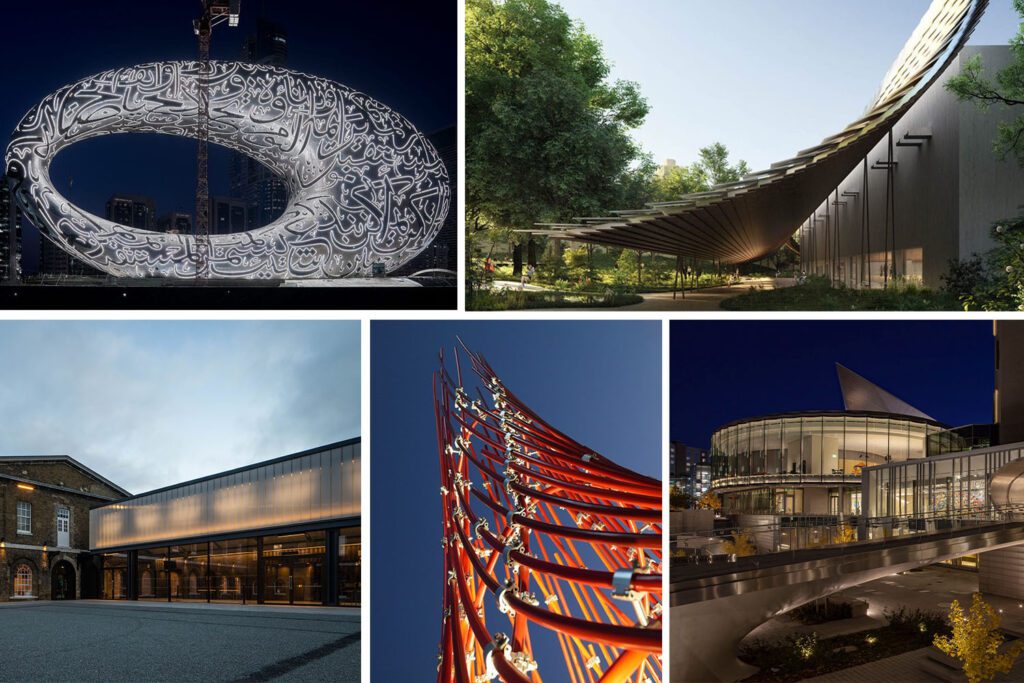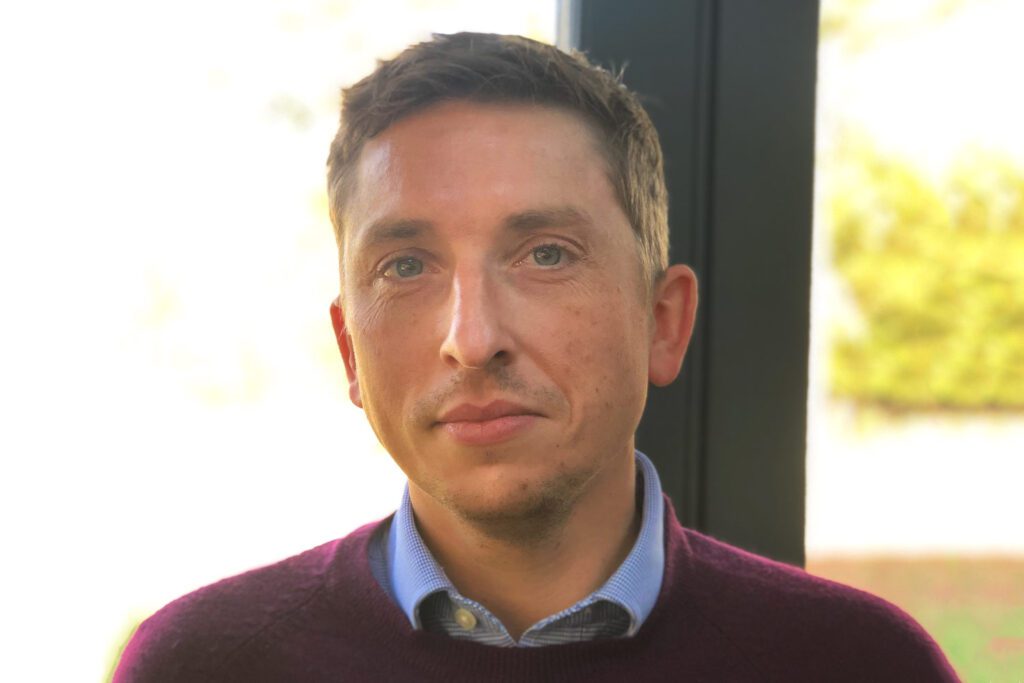The art of the possible
From Buro Happold’s earliest day, with its involvement in designing Pink Floyd’s famous “umbrella” sculptures, structural artwork has represented an important strand in the company’s DNA.
Buro Happold’s complex structures and art projects are special for a variety of reasons. Of course, working with complex, unique sculptures can be complicated – understanding the unpredictable strains and loads, ensuring suitable installation and simple build-ability alongside the non-linear behaviour of the materials can be challenging.
On top of this, there are unique procurement risks that come with art projects, including non-typical statutory, fabrication, and contractual risk. Most importantly, creating art poses a unique challenge beyond typical engineering design – it requires us to join the artistic vision of the project, and take on the role of guardian of that vision as we help realise it for our clients.
Buro Happold creates truly inspiring and versatile structures, but artworks need to be approached differently from architectural projects. Emidio Piermarini has been a project director for a number of pieces of complex public art in recent years, including Meta in Zhongshan, China, and Resonance-In-Sight in Hong Kong.

Empathetic approach
He says there are critical differences when working with an artist on a sculpture, rather than working alongside a design team on a more conventional structure.
“The word that comes to mind is empathy,” he says. “When you’re working with someone, like an artist, who is not used to [engineering] constraints, it’s important to have empathy. If you show up and say ‘I’m the structural engineer, all I care about is how this thing stands up against gravity and wind’, that won’t get you very far. In fact, it would almost make the project impossible.”
He points to his work on the Resonance-in-Sight project, which was the dreamchild of artists Kristof Crolla and Garvin Goepel. The Buro Happold team worked with Crolla and Goepel to achieve a vision of a sculpture which consists of complex doubly-curved steel tubes.
Conventional off-the-shelf scaffolding clamps were employed to connect the tubes together. This mixture of complex and simplistic construction was not only fundamental to the vision of the project, it also allowed the sculpture to be simply, quickly and cost-effectively constructed and deconstructed.
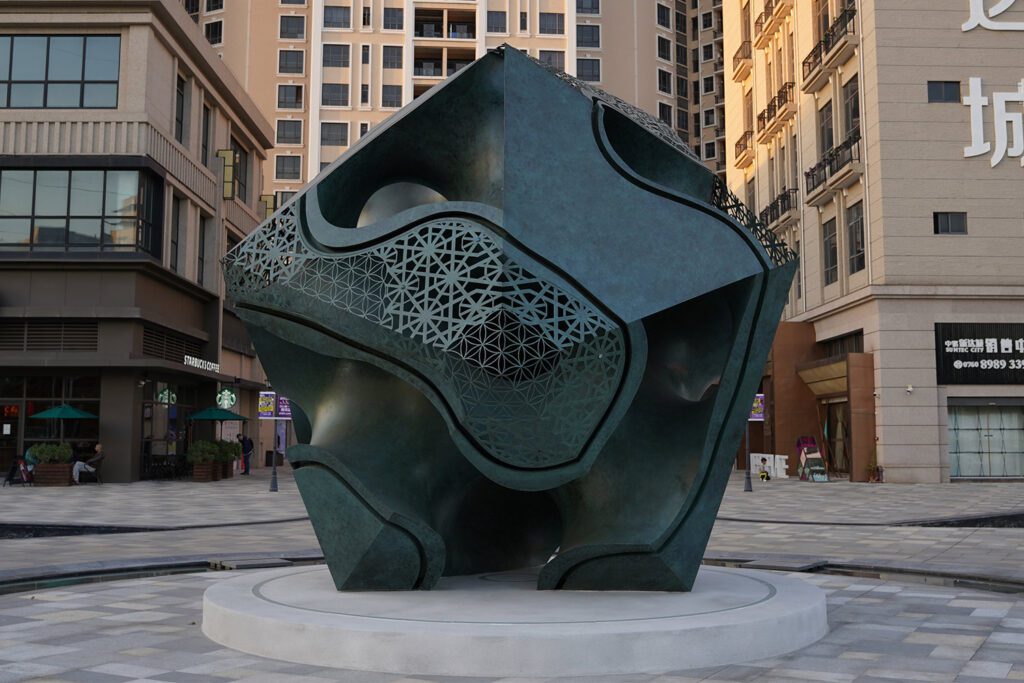
“Kristof wanted to use these clamps as part of the sculpture,” he says. “A regular structural engineer would see these clamps and they would start to say ‘that’s not how they were designed to be used’, ‘we don’t have any ability to safely do this’ or ‘statutorily in Hong Kong that might be something that’s too risky and I’m going to tell you not to do it’.
It starts to go wrong, right away, without empathy, understanding or excitement about the vision and story of the project. The story here from day one is ‘I want to make something that looks super-complex, but I want to do it with very conventional technology’.
“It’s really important that you understand empathetically that the concept we’re all trying to achieve is that we want to use these clamps because it’s an interesting story. I’m not building a structure, I’m building a sculpture. The artist’s story is one of complexity, delivered with rudimentary technology.
So those clamps are important. If you don’t have empathy, the project doesn’t happen because you eliminate some of the key features and turn it into something that will most likely be more expensive, most likely is not as elegant and immediately you remove the story about what the art is. It just turns into a thing.”
He adds: “At the same time, of course, there are the practical constraints that need to be navigated. Our clients find public art projects to be risky, which is not an unfounded belief. Public art projects carry unique statutory, engineering, fabrication, and procurement risks, and there are plenty of examples of cost and budget overruns that carried short term criticisms.
However, time and time again, public art projects have shown to pay for themselves due to increases in footfall traffic, sometimes returning up to five dollars for every one dollar spent in addition to unique benefits for surrounding communities.
“Our team of experts works with artists, clients, fabricators, and other specialist contractors to navigate the unique risks to arrive at these commercial and community benefits whilst maintaining the artistic vision”.
Emidio Piermarini, former Associate Director, Computational Consulting, Buro Happold
Telling tales: Six of the best
Here we have chosen six of the stand-out pieces of complex public art projects Buro Happold has been engaged with over the last decade – projects where our multidisciplinary experts have overcome technical challenges in order to realise an artist’s vision:
Talus Dome Edmonton, Alberta, Canada
Designed by Ball-Nogues Studio, the Talus Dome resides on an embankment adjacent to the Quesnell Bridge/Whitemud Freeway in Edmonton. The sculpture is a composition of approximately 2,000 different sized stainless-steel balls assembled into a vaulted dome structure.
This unique sculpture is void in the centre rather than solid and has spaces between the spheres, leaving the viewer to complete the shape of the mound while also being able to see through the structure.
Buro Happold was commissioned to provide structural engineering and faced challenges due to the nature of the dome as well as its location on a sloped embankment. To keep the dome’s shape, it needed to be anchored to a reinforced concrete ring beam supported upon deep foundations.

Euphony at Nashville Music City Center, Nashville, Tennessee, USA
The ‘Euphony’ is a unique art installation featured in the Nashville Music City Center, consisting of catenaries attached to a curved beam, which in turn is fixed to the building’s structural steel. Nashville Music City Center employed Buro Happold’s structural expertise to realise the ambitious vision.
Euphony is attached inside the east concourse of the building, facing the Omni Nashville Hotel, and is nearly 140ft high. Its form amplifies the aesthetics of light, reflection and colour, creating a visual spectacle and physical sensation in a public space.
A key challenge facing Buro Happold was safely lifting the total weight of the artwork and ring beam, at around 3,500 pounds. Twenty-five miles of steel chain required attachment to a 30ft x 8ft steel ring suspended from the ceiling, hanging 117ft to 10ft 11in above first floor level. Our team used its experience of structural engineering to help artists Benjamin Ball and Gaston Nogues find solutions for securing such a weight.
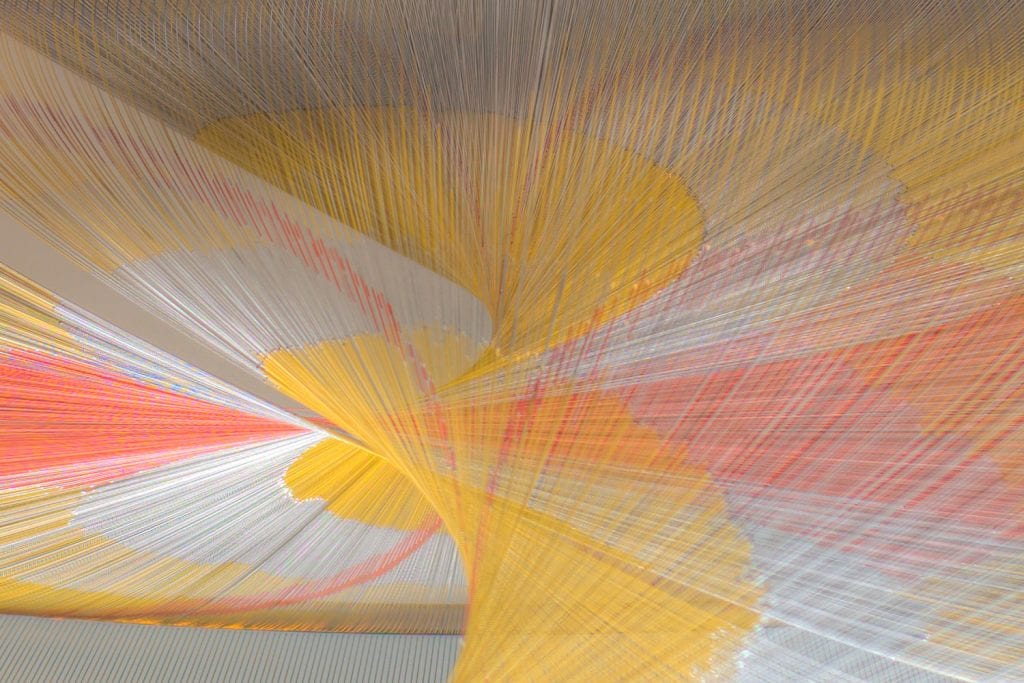
Inflorescence At University of Alaska, Anchorage, Alaska, USA
This visually stunning piece of public art is composed of one sculptural element supported by new foundations in the university’s campus courtyard. The sculpture is made from polished stainless-steel cladding mounted on a stainless-steel structure supported by foundations.
The cladding panels were made into rectilinear capped pyramids and have an open gap where they are attached to the primary structure for drainage. The art installation measures 15ft in height x 12ft wide x 17ft in length and has lighting elements that are operated by a set of motion sensors placed in the adjacent building’s lobby.
Buro Happold performed a feasibility review of the project as well as the structural detailing and preparation of engineering calculations for the art installation.

Volvo Pure Tension Pavilion Milan, Italy
The Volvo Pure Tension Pavilion emerged from a competition sponsored by Volvo and Italian design magazine The Plan. The brief was enticingly vague, asking for ‘a highly creative installation design to showcase the Volvo V60 Plug-In Diesel Hybrid’.
Buro Happold worked alongside architect SDA to push the limits of both portability and functionality within the design of this pavilion. The result of our collaboration is a pioneering portable charging station that hits every note – from its distinctive form, with its collapsible fabric and aluminium structure, to the integrated photovoltaic panels for charging Volvo’s hybrid car.
We provided full structural engineering support for the project, including refining the perimeter frame design into five arcs composed of 24 pieces, which made the pavilion cost effective to fabricate, efficient to assemble and compact to store.

Wish Sculpture Los Angeles, California, USA
This fun public art installation consists of three primary elements. Element 1 is a 23ft tall, ground-mounted steel structure fashioned as three dandelion seeds. Element 2 is a smaller steel structure fashioned as a dandelion seed mounted to an existing freestanding wall. Element 3 is similar in size to Element 2 and is attached to the wall of a new building.
Buro Happold performed a feasibility review of the project, and upon technical confirmation, proceeded with structural detailing and preparation of engineering calculations for the artwork. We provided an engineering report including calculations and design sketches and technical notes for incorporation into Heath Satow Sculpture’s design documentation which was used for permit and construction.

Resonance-in-Sight, Hong Kong SAR, China
Organised by the Hong Kong Museum of Art (HKMoA), the “Redefining Reality” exhibition displays as its centrepiece the outdoor installation “Resonance-In-Sight”.
This artwork consists of a physical component, a dramatic pair of elegantly curved, brightly coloured steel structures, placed several metres apart to create a tangible tension between them, and a virtual element to complete the arch, a mixed-reality overlay made possible through holographic superimposition via AR-enabled electronic devices.
We were engaged to provide structural engineering support around the creation of the complex twisted geometrical shapes. We also played a critical role in working with the artist using computational engineering to realise the design and ensure a seamless construction and eliminate risk in the procurement of the steel sculpture.

